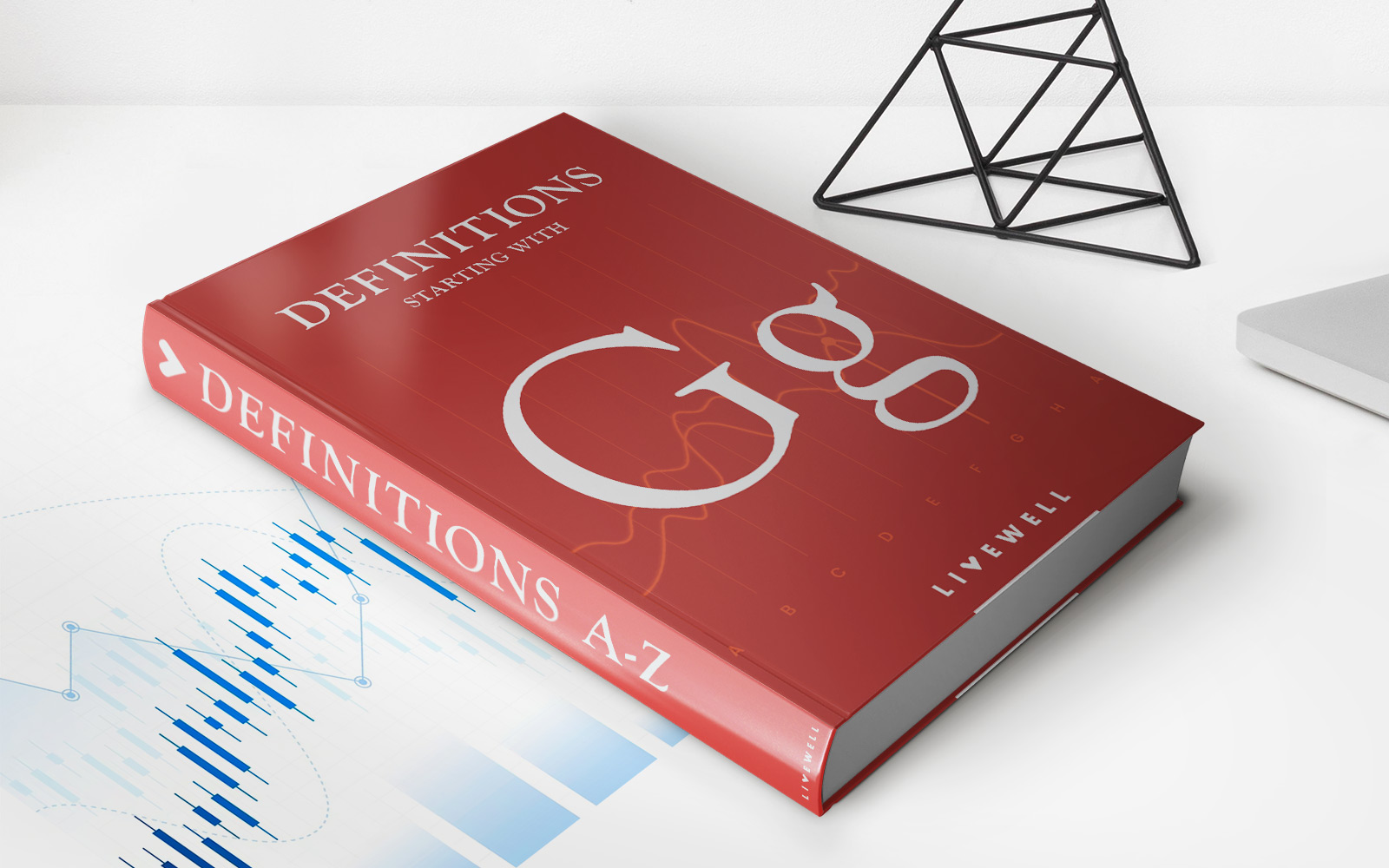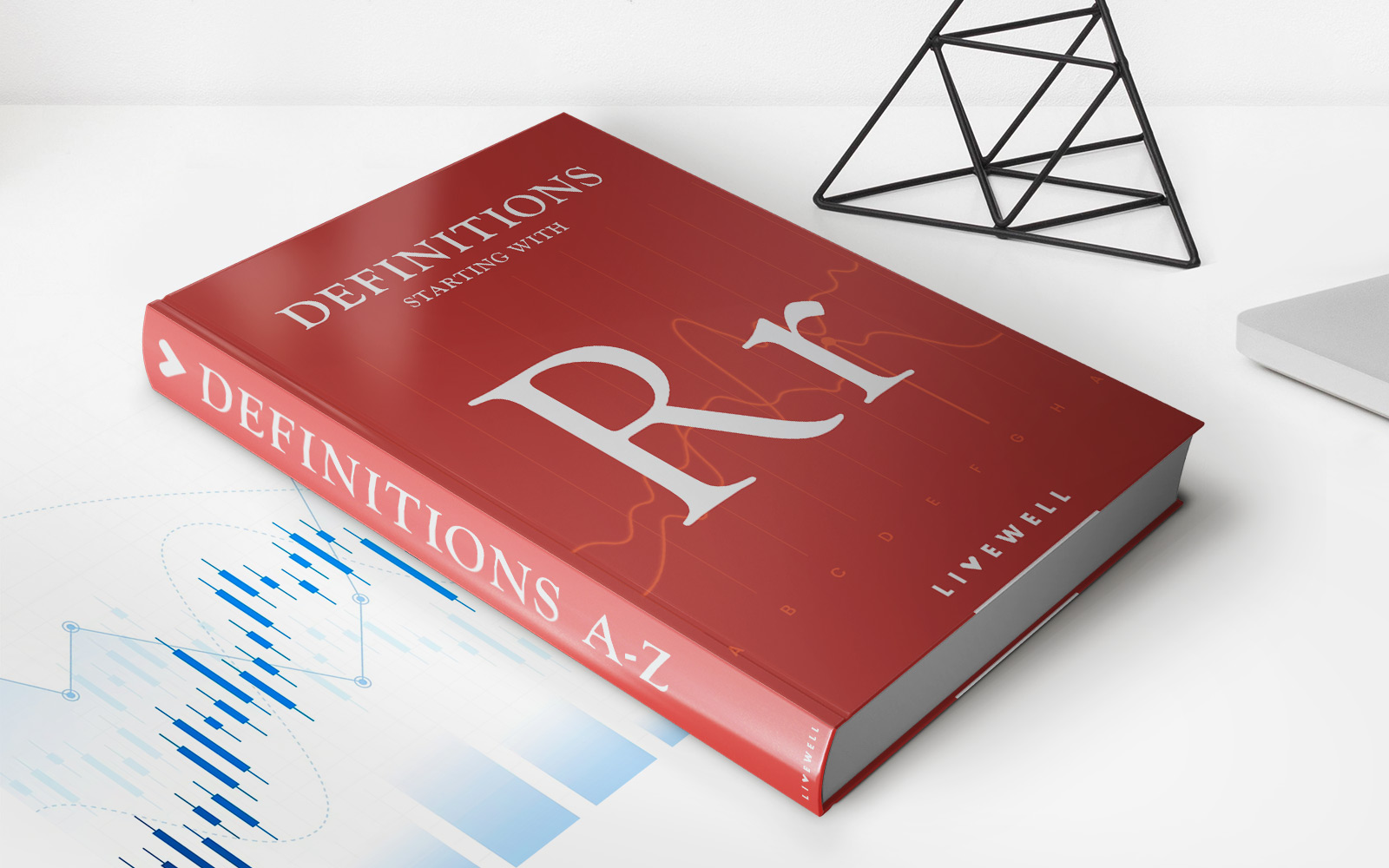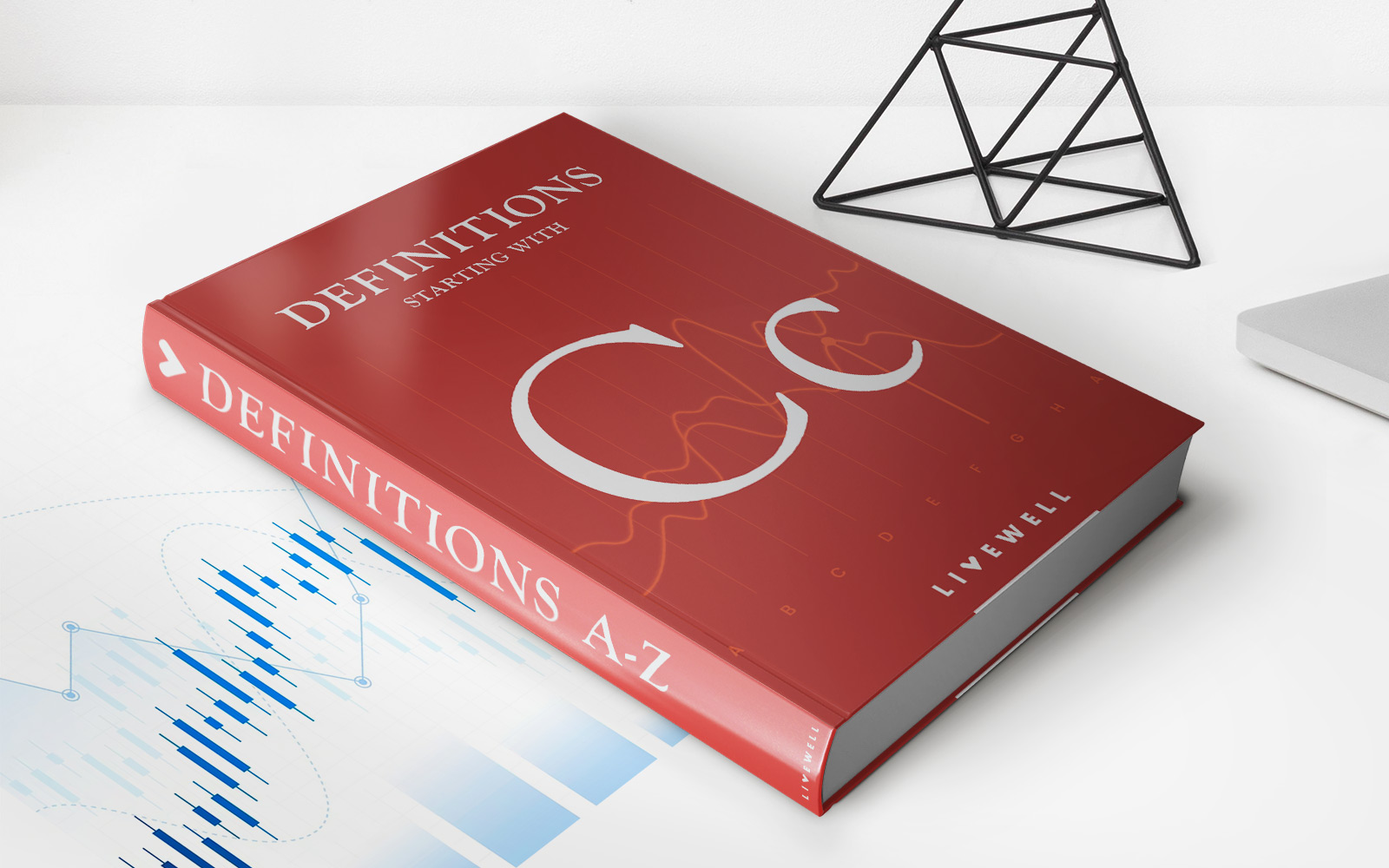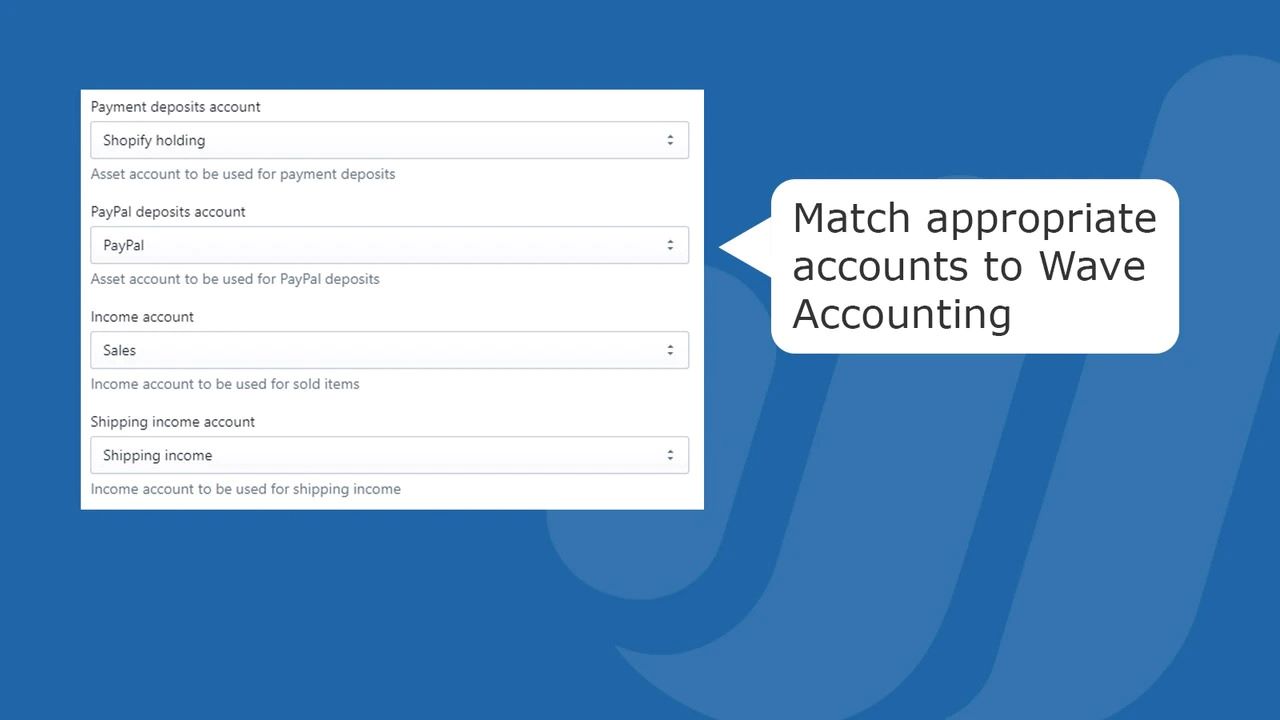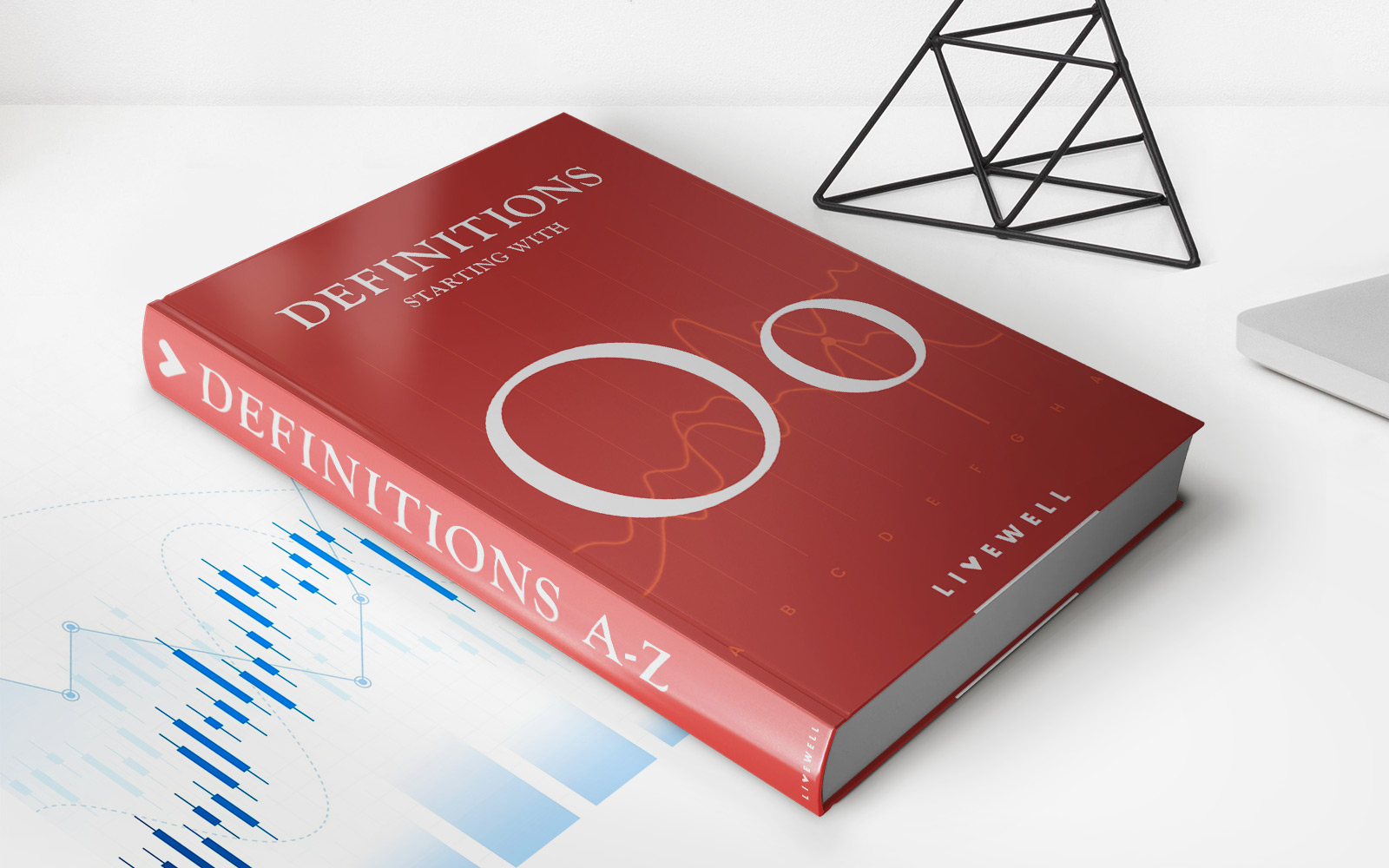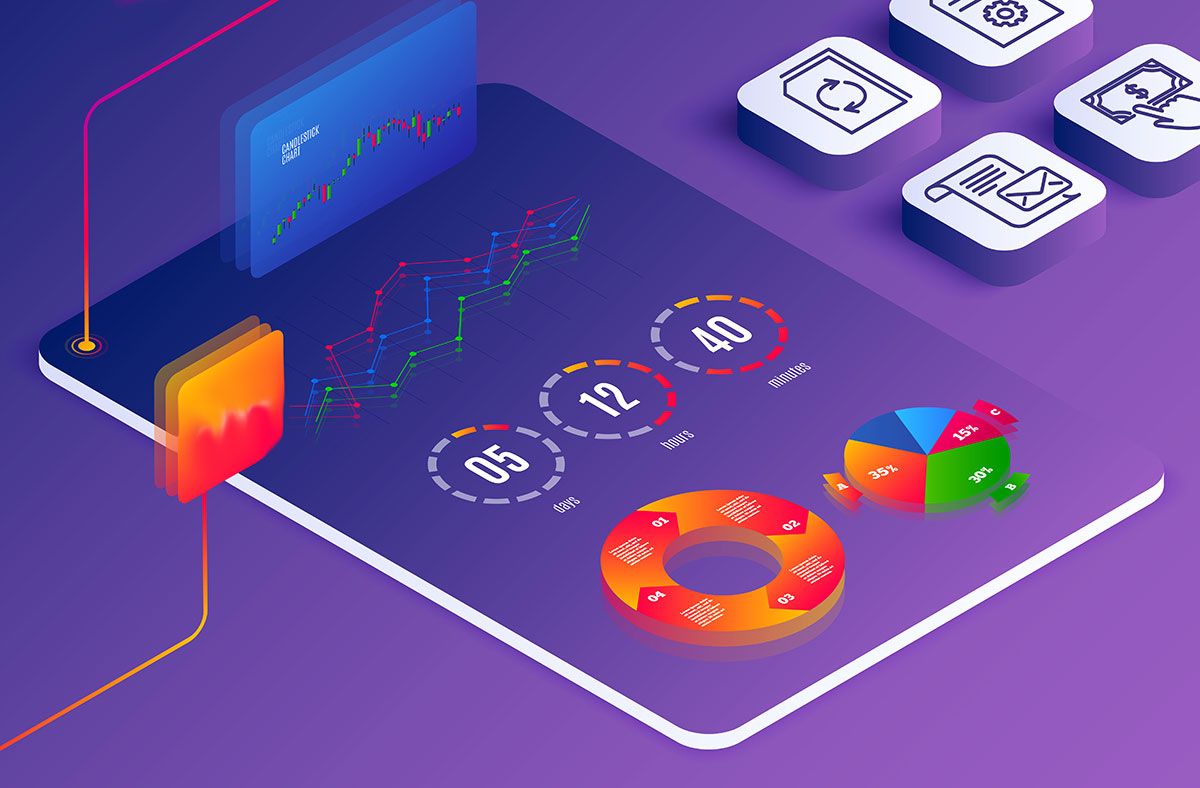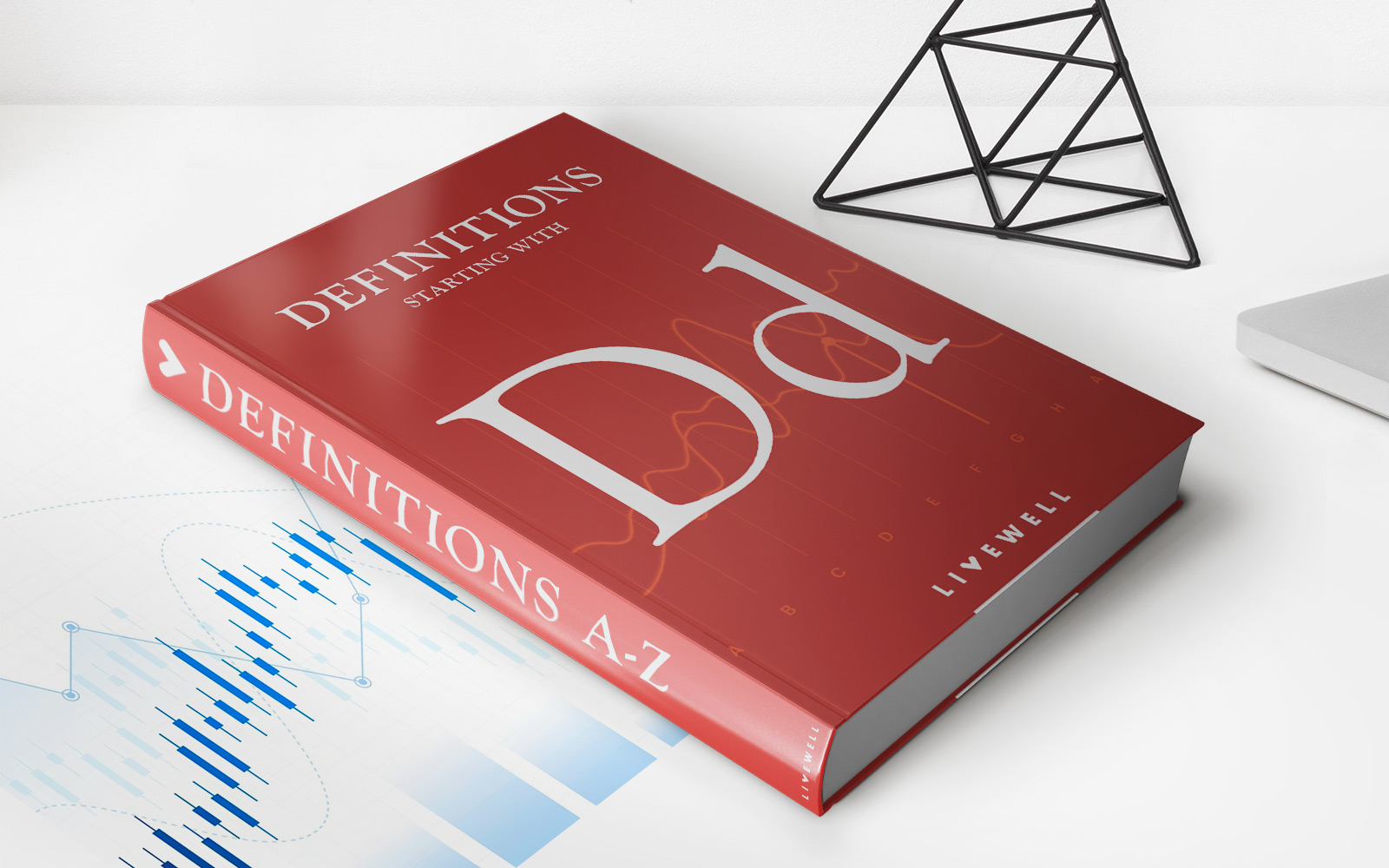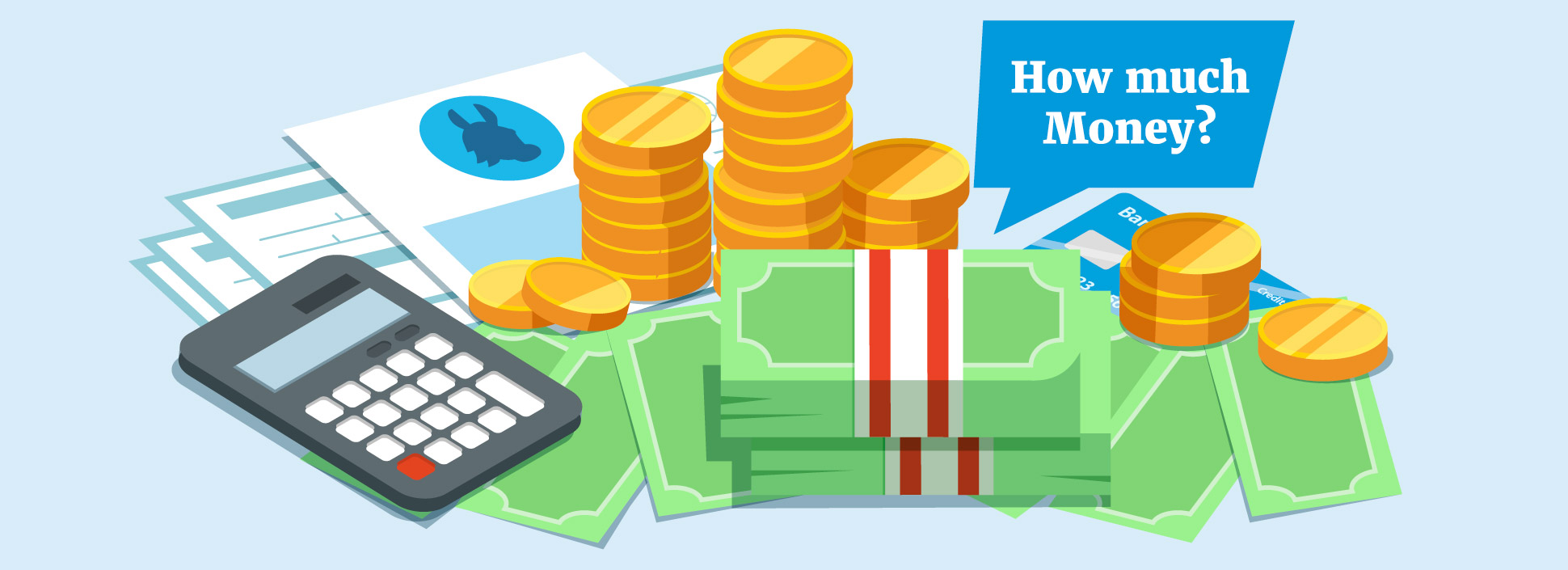Home>Finance>Kontradieff Waves: Definition, Past Cycles, How They Work


Finance
Kontradieff Waves: Definition, Past Cycles, How They Work
Published: December 15, 2023
Learn about Kontradieff Waves in Finance: Definition, Past Cycles, and How They Work. Explore the cyclical patterns that impact the financial market and gain insights into long-term economic trends.
(Many of the links in this article redirect to a specific reviewed product. Your purchase of these products through affiliate links helps to generate commission for LiveWell, at no extra cost. Learn more)
Unlocking the Secrets of Kontradieff Waves in Finance
Over the centuries, economists and financial experts have been searching for patterns and cycles in the markets. One such intriguing concept is the Kontradieff Waves. But what exactly are Kontradieff Waves, and how do they work? In this article, we will explore the definition of Kontradieff Waves, delve into past cycles, and examine the mechanisms behind their operation. So, let’s dive right in!
Key Takeaways:
- Kontradieff Waves are long-term economic cycles that last for several decades.
- These waves are characterized by periods of expansion and contraction in financial markets.
Kontradieff Waves, also known as Kondratiev Waves or K-Waves, were initially proposed by the Russian economist Nikolai Konradieff in the 1920s. He observed significant booms and busts that occurred in the global economy over extended periods of time, each lasting approximately 50 to 60 years.
Like the ebb and flow of the tides, Kontradieff Waves consist of four distinct phases:
- Spring: This is the phase of economic recovery and renewed growth after a major downturn. Innovation and technological advancements drive productivity, leading to increased economic activity.
- Summer: During this phase, economies experience a sustained period of growth and prosperity. Stock markets soar, and consumer confidence is high. Innovation continues to flourish.
- Autumn: As the cycle progresses, signs of an impending slowdown become apparent. Market speculation and excesses lead to economic overheating. Inflation rises, and asset bubbles begin to burst.
- Winter: This is the phase of economic contraction and stagnation. Financial markets collapse, unemployment rises, and deflationary pressures take hold. Innovation stalls, and economies struggle to recover.
Understanding the mechanics of Kontradieff Waves is vital for investors, as it enables them to identify long-term trends and adjust their strategies accordingly. These waves are typically driven by a combination of technological advancements, demographic changes, and the availability of credit. By recognizing the current phase of the Kontradieff Wave, investors can make informed decisions and position themselves for success.
It is essential to note that the timings and durations of Kontradieff Waves are not set in stone. External factors such as geopolitical events, policy decisions, and natural disasters can influence the intensity and duration of each phase.
The Past and the Future:
Looking back at history, we can identify several significant Kontradieff Waves. For instance, the Industrial Revolution and the subsequent railway boom during the 18th and 19th centuries kickstarted an extended period of economic expansion. Similarly, the wave that followed the Great Depression and World War II brought about remarkable advances in technology and international prosperity.
As we navigate the complexities of the current global economic landscape, we can try to anticipate the next Kontradieff Wave. This anticipation can provide valuable insights into potential future trends and challenges. The emergence of renewable energy, blockchain technology, and artificial intelligence are all potential drivers of the next wave, revolutionizing industries and reshaping economies.
In conclusion, Kontradieff Waves offer a fascinating perspective on the cyclical nature of the financial markets. By understanding these long-term economic cycles and the phases they encompass, investors can gain valuable insights that can help guide their decision-making processes. Keep an eye on the trends, be prepared for the twists and turns, and ride the waves to financial success!

